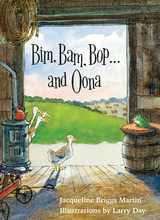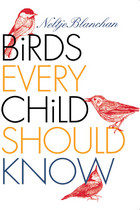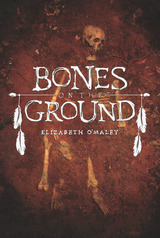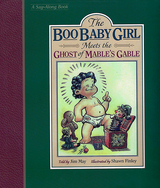6 start with B start with B


Also introduced: “surplus freedom” a novel approach for gauging self-censorship by comparing the degree of free expression a legal system permits to what publications actually exercise.

An irresistible read-aloud picture book, in which a little odd-duck-out discovers her unique strengths
When these ducks go to the pond, it is Bim, Bam, Bop . . . and Oona, always last. They’re all ducks, but Bim, Bam, and Bop are runners, and Oona’s a waddler. “Last is a blot on my life,” she says to her frog friend, Roy. “I don’t feel as big as a duck should feel.” But she’s good with gizmos, Roy reminds her. So Oona tinkers with things, scraps, and strings, and eventually creates just the right gadget to get her to the pond first.
Spunky Oona will inspire and delight all who see her final triumphant creation. With its fun read-aloud words (from Brrrrrring to OOO-hoolie-hoo!), her story is wonderful to hear. Its charming illustrations invite readers to imagine our own new gizmos, and her victory reminds us to look for our own special gifts. A tale about being true to yourself, building confidence, and finding friendship, Bim, Bam, Bop . . . and Oona is sure to bring smiles to readers and listeners of all ages.

Originally published in 1907, Birds Every Child Should Know is a collection of storylike descriptions of more than one hundred birds commonly found in the United States. Neltje Blanchan's detailed descriptions of birds—their physical attributes, calls, nesting and mating habits, and other behaviors—are nothing less than enchanting, and some read almost like fairy tales. Take for instance the mockingbird's call:
“when the moonlight sheds a silvery radiance about every sleeping creature, the mockingbird sings to his mate such delicious music as only the European nightingale can rival. Perhaps the stillness of the hour, the beauty and fragrance of the place where the singer is hidden among the orange blossoms or magnolia, increase the magic of his almost pathetically sweet voice; but surely there is no lovelier sound in nature on this side of the sea.”
or the yellow warbler's nest:
“an exquisite little cradle of silvery plant fiber, usually shreds of milkweed stalk, grass, leaves, and caterpillar's silk, neatly lined with hair, feathers, and downy felt of fern fronds.”
Blanchan includes folk history (how Native Americans and southern slaves thwarted mosquitoes by hanging gourds to attract purple martins) as well as common threats to birds that foreshadow current dangers to avian life (the toll taken on songbirds by lighthouses and electric towers). Such informative details, along with the author's disarming enthusiasm for her subject, will charm adult bird-watchers as well as children.
Cornelia Mutel's informative foreword places Blanchan's writing in the historical context of a turn-of-the-century environmental reawakening and burgeoning activism and research by women on behalf of dwindling bird populations.


Something of a quest story for the picture book set, this playful horror tale sets young protagonists against “the Ghost of of Mable’s Gable.” In Jim May’s version of a story from children’s folklore, eighth grade boys swagger but fail, only to be followed by outdone by an unlikely heroine, “the Boo Baby Girl,” a toddler who will not be denied.
READERS
Browse our collection.
PUBLISHERS
See BiblioVault's publisher services.
STUDENT SERVICES
Files for college accessibility offices.
UChicago Accessibility Resources
home | accessibility | search | about | contact us
BiblioVault ® 2001 - 2024
The University of Chicago Press









